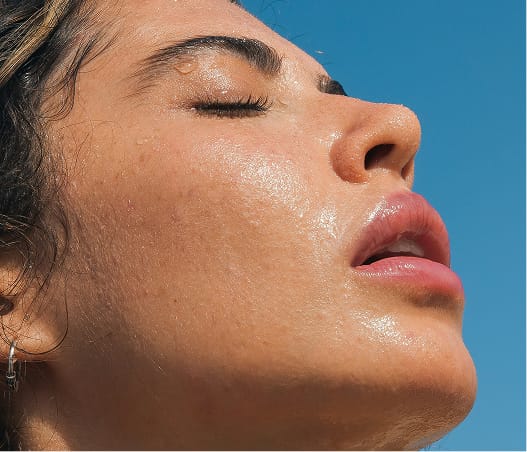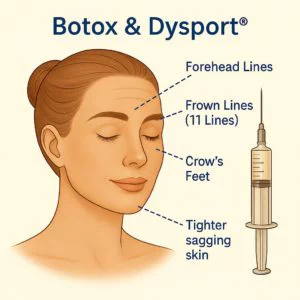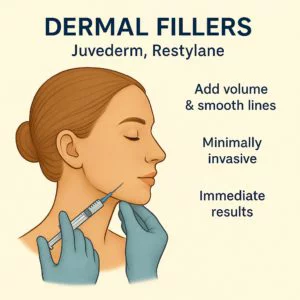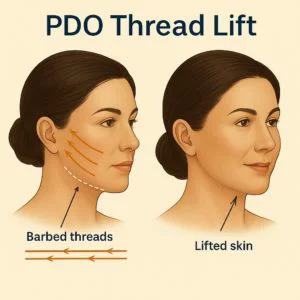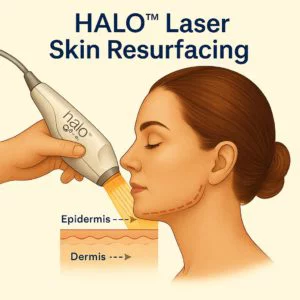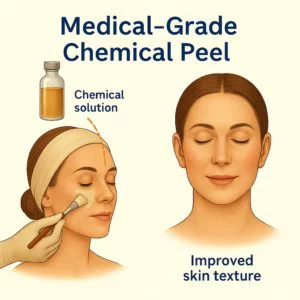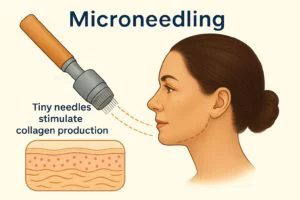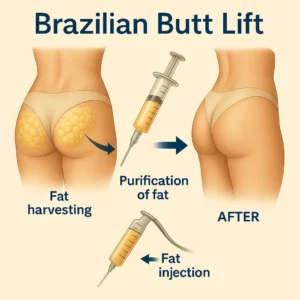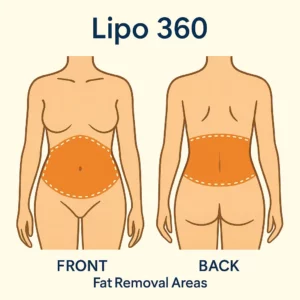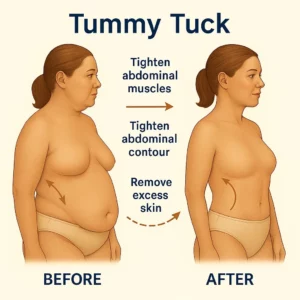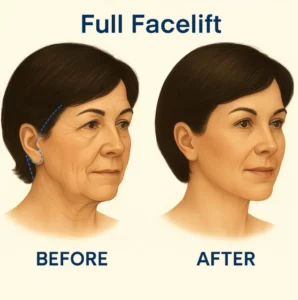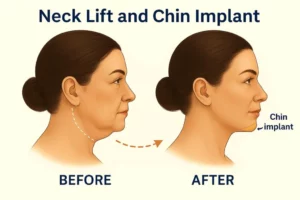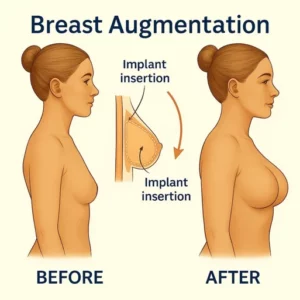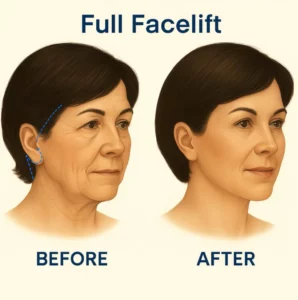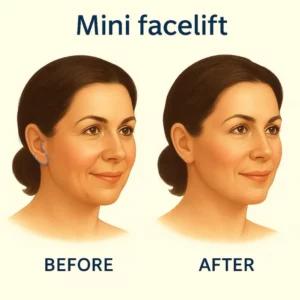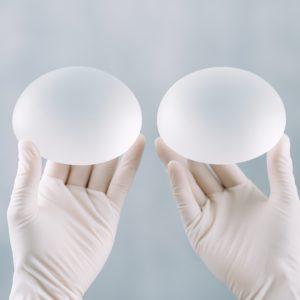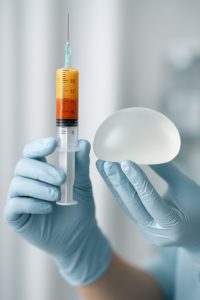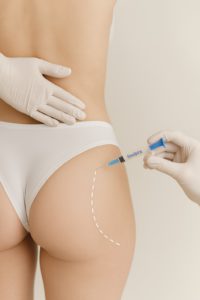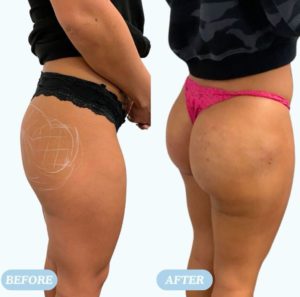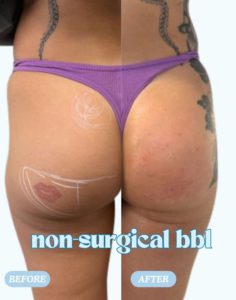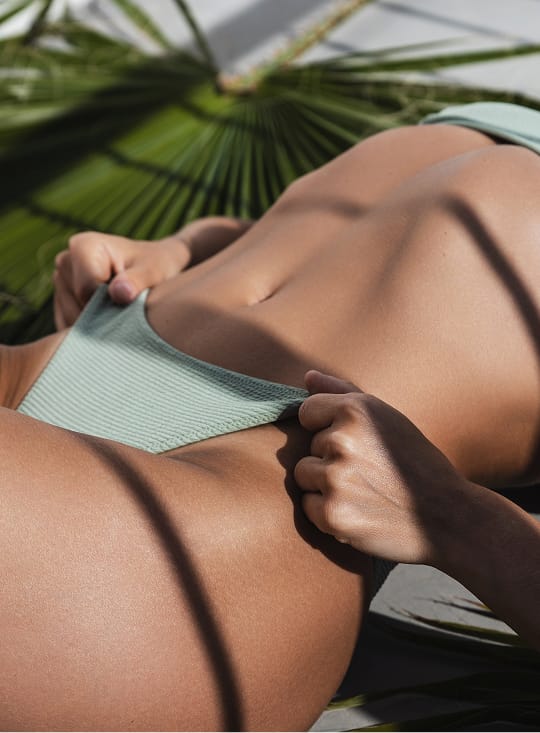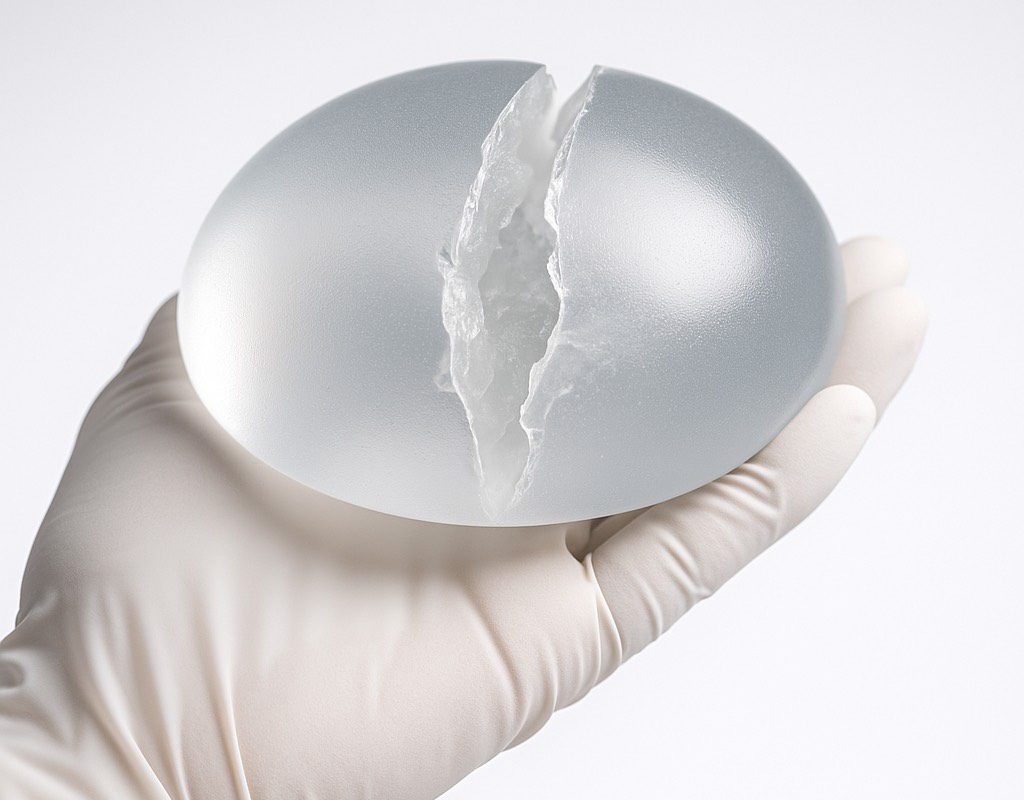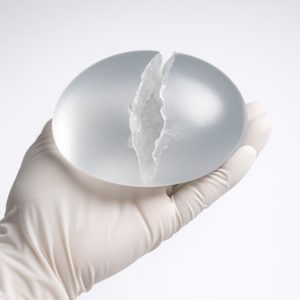¿Cuánto cuesta un lifting de cuello? + Signos de que puede estar listo para uno.
Aunque la mayoría de la gente se centra en el rostro cuando piensa en tratamientos antienvejecimiento, el cuello suele ser una de las primeras zonas en revelar los efectos del paso del tiempo. Un cuello flácido, líneas horizontales visibles, bandas verticales o una papada en desarrollo pueden restar significativamente definición juvenil a su escote y perfil general.
Si se ha estado preguntando si necesita un lifting de cuello, o si simplemente desea afinar la línea de la mandíbula y el perfil, esta guía es para usted. Trataremos los signos más comunes, cómo funciona el procedimiento de lifting de cuello, las expectativas de recuperación y cuándo considerar esta opción tan eficaz para conseguir un aspecto rejuvenecido.
La cirugía de lifting de cuello (también conocida como ritidectomía inferior) describe una serie de técnicas quirúrgicas diseñadas para mejorar el aspecto del cuello y la mandíbula:
- Tightening the underlying muscles
- Removing excess skin
- Redefining neck and jaw contours
El lifting de cuello se centra en la zona de debajo de la barbilla y la mandíbula, mientras que el lifting facial completo se ocupa de la parte media y baja de la cara.
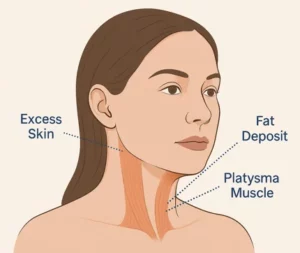
¿Cómo se realiza un lifting de cuello?
En el South Florida Center for Cosmetic Surgery, nuestros cirujanos utilizan enfoques personalizados basados en la anatomía y los objetivos estéticos de cada paciente. El procedimiento se realiza normalmente bajo anestesia general, y puede tomar entre 1,5 a 3 horas dependiendo de las técnicas utilizadas.
Entre las técnicas quirúrgicas habituales se incluyen:
- Ritidectomía inferior: abordaje tradicional con incisiones situadas detrás de las orejas y que se extienden hasta la línea del cabello. Ideal para pacientes con laxitud de moderada a grave.
- Z-Plasty: incisiones en forma de z verticalmente a lo largo del cuello para mejorar la tensión de la piel y reducir las cicatrices visibles.
- Lifting vertical de cuello: utiliza una cicatriz vertical a lo largo del centro del cuello, a menudo para pacientes con gran laxitud cutánea.
- Abordaje submentoniano: consiste en una discreta incisión horizontal bajo el mentón para permitir el estiramiento muscular (platismoplastia) y la eliminación de grasa.
¿Puede combinarse con otros tratamientos?
Sí. Muchos pacientes optan por combinar un lifting de cuello con:
- Implante de mentón: para reforzar la proyección del mentón y la definición de la mandíbula.
- Lifting facial o minilifting facial: para garantizar una armonía perfecta entre el cuello y el rostro.
- Liposucción: para afinar aún más el contorno del cuello y la mandíbula
Señales que indican que está listo para un lifting de cuello
- Piel flácida o "cuello de pavo": la piel suelta y colgante alrededor de la garganta y debajo de la barbilla puede dar la apariencia de un "cuello de pavo". Un lifting de cuello elimina el exceso, tensa la piel restante y restaura un escote liso y elegante.
- Líneas o bandas verticales visibles en el cuello: a medida que el músculo platisma se debilita con el tiempo, pueden aparecer bandas verticales pronunciadas mucho antes de que sean visibles otros signos de envejecimiento. El lifting de cuello trata estas bandas tensando el músculo subyacente y alisando la superficie del cuello.
- Doble mentón o exceso de grasa: si los depósitos de grasa bajo el mentón persisten a pesar de la dieta y el ejercicio, un lifting de cuello -a menudo combinado con liposucción- puede ayudar a conseguir una línea de la mandíbula más esculpida y definida.
- Falta de distinción entre la barbilla y el cuello: si la línea de la mandíbula fluye hacia el cuello sin una definición clara, un lifting de cuello puede restaurar ese ángulo juvenil, dando a su perfil un aspecto más afilado y refinado.
- No está preparado para un lifting facial completo: no todos los pacientes necesitan un lifting facial completo. Si su principal preocupación radica en la zona del cuello, un lifting de cuello proporciona una solución específica y eficaz sin abordar la parte media de la cara.
Aunque con frecuencia se realizan juntos, el lifting de cuello y el lifting facial se dirigen a zonas anatómicas diferentes:
- Lifting de cuello: se centra en la línea de la mandíbula, la zona bajo la barbilla y el cuello.
- Lifting facial: se dirige principalmente a la parte media y baja de la cara.
- Combinado: cuando se realiza conjuntamente, un abordaje completo de la parte inferior de la cara y el cuello garantiza una armonía óptima y un rejuvenecimiento más completo.
¿Cuándo es el momento ideal para someterse a un lifting de cuello?
La mayoría de los pacientes empiezan a plantearse un lifting de cuello entre los 40 y los 60 años, cuando empiezan a aparecer los primeros signos de envejecimiento del cuello.
Las motivaciones más comunes son:
- Mantener un escote juvenil sin que tu rostro pierda juventud
- Corregir los signos del daño solar y la laxitud cutánea debidos al estilo de vida o a la genética.
- Mejorar la definición de la mandíbula y corregir el mentón hundido
Qué esperar de la cirugía de lifting de cuello
Resumen del procedimiento:
- Duración: De 1,5 a 3 horas
- Anestesia: Sólo anestesia general
- Ambulatorio: Todos los pacientes regresan a casa el mismo día
Calendario de recuperación:
- 10-14 días: La mayoría de los pacientes se sienten cómodos volviendo al trabajo/actividades sociales.
- 1-2 semanas: Los hematomas y la hinchazón disminuyen significativamente
- 4-6 semanas: Los pacientes reanudan plenamente el ejercicio y la actividad
Ideal para: pacientes que buscan recuperar la definición del cuello, tensar la piel flácida o afinar la línea de la mandíbula y el escote para conseguir un perfil más juvenil.
Técnicas avanzadas que ofrecemos:
En el South Florida Center for Cosmetic Surgery, adaptamos cada procedimiento de lifting de cuello a la anatomía y los objetivos de cada persona. Nuestros cirujanos emplean una variedad de técnicas basadas en sus necesidades:
- Ritidectomía inferior
- Z-Plasty
- Lifting vertical de cuello
- Platismoplastia submentoniana
Mejora de bonificación:
Para los pacientes que buscan una definición aún mayor, el lifting de cuello puede combinarse con un implante de mentón para realzar la línea de la mandíbula y crear un perfil facial más equilibrado. Se trata de una combinación ideal para personas con un mentón hundido o una estructura de la mandíbula más débil.
¿Tiene riesgos el lifting de cuello?
Como cualquier intervención quirúrgica, el lifting de cuello conlleva algunos riesgos, aunque las complicaciones son poco frecuentes cuando las realiza un cirujano experimentado.
Los riesgos potenciales incluyen:
- Infección
- Sangrado
- Lesión nerviosa (normalmente temporal)
- Cicatrización
- Resultado estético insatisfactorio (que puede requerir una revisión)
La elección de un equipo de cirugía plástica acreditado y con experiencia reduce en gran medida la probabilidad de complicaciones y garantiza el mejor resultado posible.
¿Listo para revitalizar su piel?
Si está empezando a notar los signos del envejecimiento del cuello -o si simplemente desea afinar la línea de la mandíbula y el perfil- nuestro equipo de expertos está aquí para ayudarle.
En el South Florida Center for Cosmetic Surgery, hemos ayudado a miles de pacientes a conseguir resultados elegantes y duraderos con planes quirúrgicos totalmente personalizados.
Book your neck lift consultation today and take the first step toward a more confident, youthful profile, contact our office.


